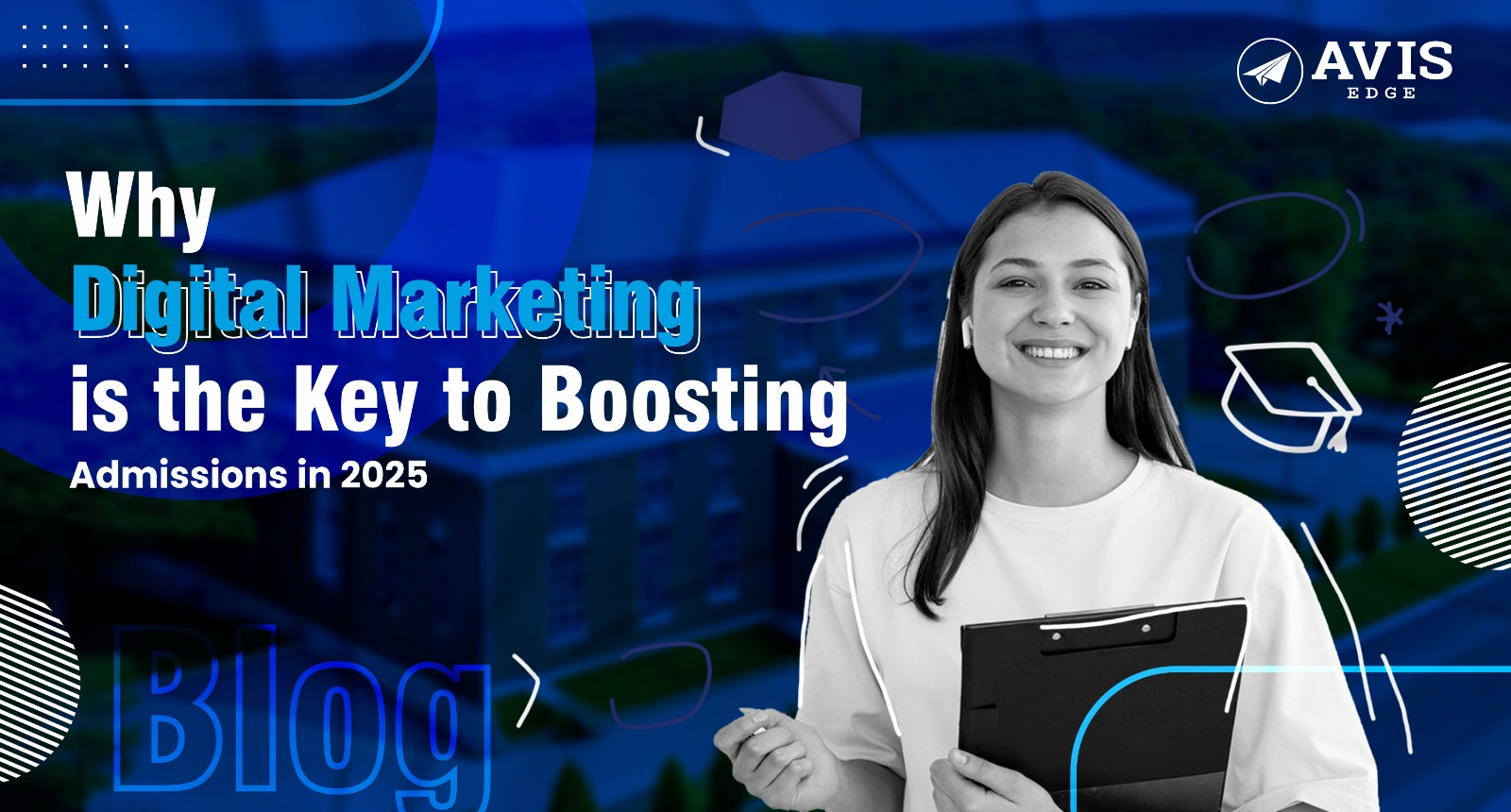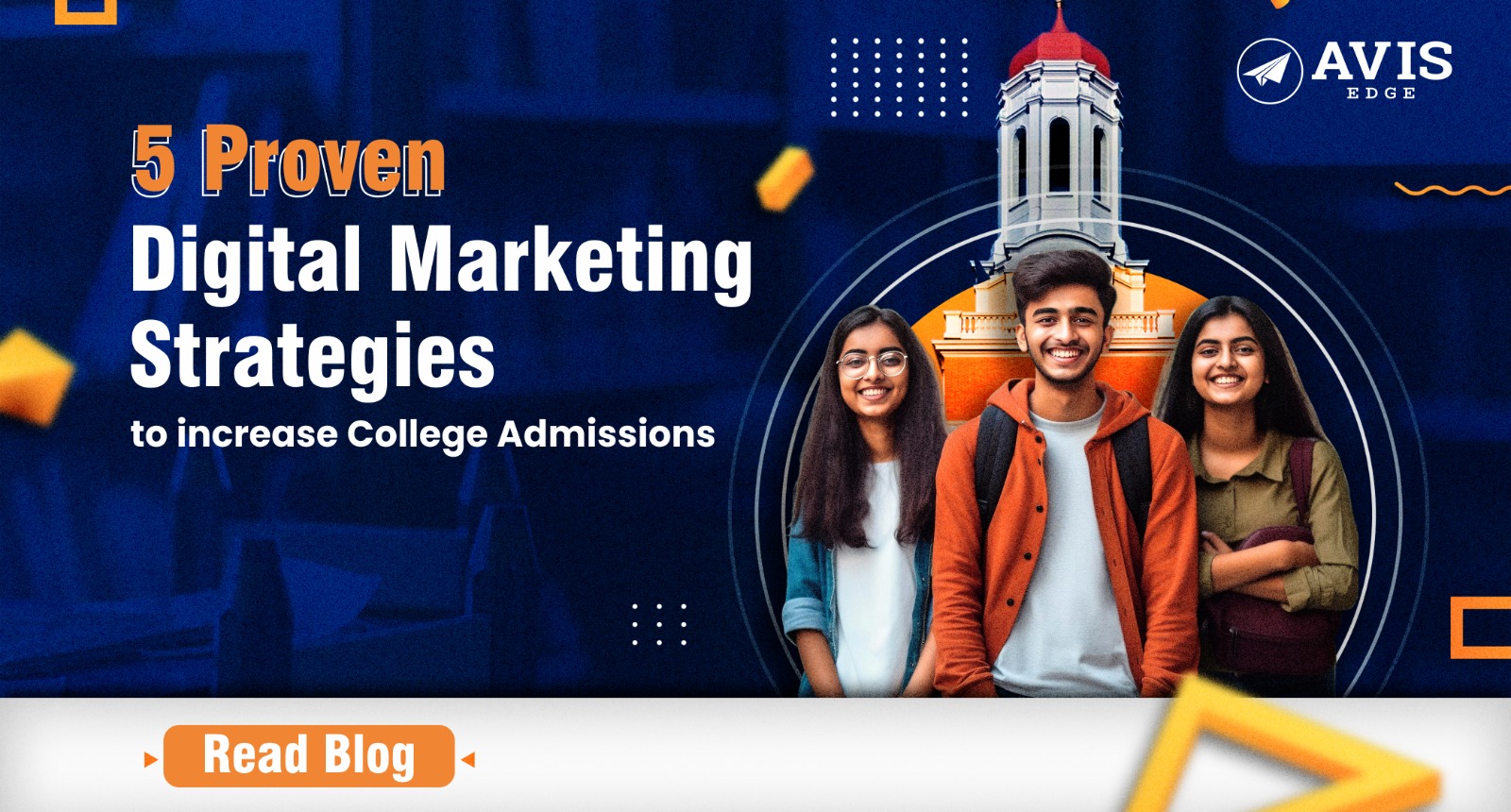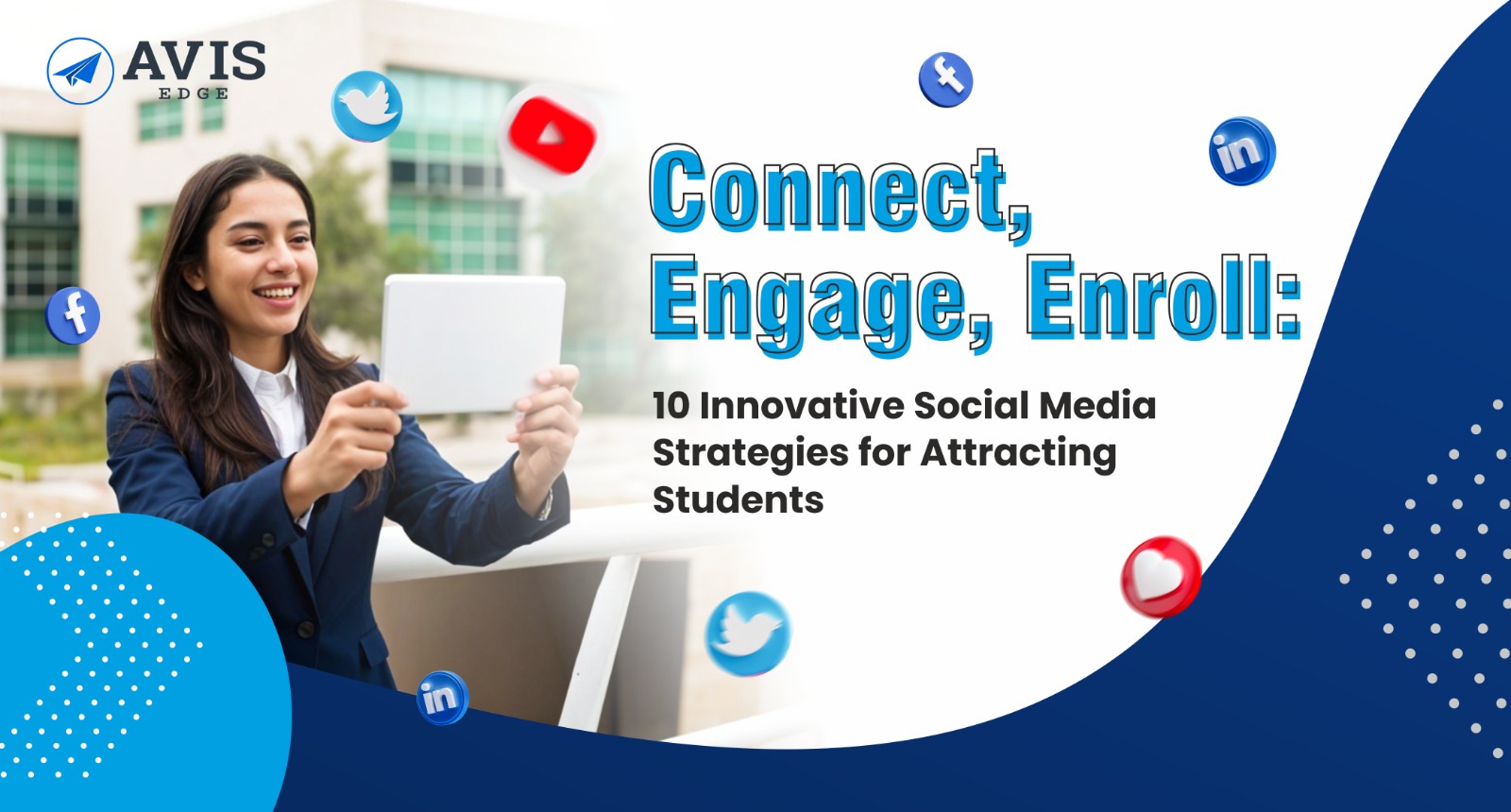
Introduction
As we approach 2025, the landscape of higher education is rapidly evolving, influenced by technological advancements and changing student behaviors. In this competitive environment, universities and colleges must adapt their marketing strategies to attract and retain prospective students. Traditional marketing methods, such as print advertising and campus tours, are no longer sufficient to capture the attention of today's tech-savvy students. Instead, digital marketing has emerged as the essential tool for boosting admissions. This blog explores why digital marketing is critical for higher education institutions and outlines effective strategies to enhance enrollment efforts.
The Digital Transformation of Higher Education
The shift toward digital platforms is undeniable. According to recent studies, nearly 60% of high school seniors begin their college search online, with a significant number relying on social media for information about potential universities. Furthermore, approximately 75% of students consider a university's website as the most influential factor in their decision-making process. This trend underscores the necessity for universities to invest in digital marketing strategies that resonate with prospective students.
Why Digital Marketing Works for Admissions
1. Personalized Content Resonates
In an age where personalization is paramount, digital marketing allows universities to tailor their messaging to individual students based on their interests, demographics, and behaviors. By leveraging data analytics and customer relationship management (CRM) systems, institutions can create targeted campaigns that speak directly to prospective students' needs and aspirations.
For example, universities can send personalized emails recommending specific programs based on a student's expressed interests or previous interactions with the institution's website. This level of personalization fosters a sense of connection and relevance, increasing the likelihood of conversions from inquiries to applications.
2. Enhanced Engagement Through Video Marketing
Video content has become one of the most effective tools for engaging prospective students. Platforms like YouTube and Instagram offer opportunities for universities to showcase their unique offerings through compelling visual storytelling.
- Virtual Campus Tours: These tours allow prospective students to explore campus facilities, classrooms, and recreational areas from the comfort of their homes.
- Student Testimonials: Featuring current students sharing their experiences provides authentic insights into university life.
- Faculty Introductions: Videos highlighting faculty members discussing their teaching philosophies or research projects can create a more personal connection with prospective students.
Video content not only captures attention but also encourages sharing across social media platforms, amplifying reach and engagement.
3. SEO Boosts Visibility
Search Engine Optimization (SEO) is crucial for ensuring that your institution appears at the top of search results when prospective students search for relevant programs or colleges. By optimizing website content with targeted keywords—such as "best engineering colleges" or "top MBA programs"—universities can improve organic traffic to their sites.
Moreover, content marketing plays a significant role in enhancing SEO rankings. By publishing informative blogs that address common questions—like "How to Choose the Right College" or "Career Opportunities After Graduation"—universities can position themselves as authoritative sources while attracting more visitors.
4. Interactive Experiences Build Trust
Interactive content is an effective way to engage prospective students while providing them with valuable information about your institution. Tools such as augmented reality (AR) experiences and gamified quizzes can create immersive ways for students to explore your university.
For instance, some universities have implemented AR features that allow prospective students to visualize campus life through their smartphones. These interactive experiences not only enhance engagement but also help build trust by giving prospects a real sense of what your university offers before they apply.
5. AI-Powered Chatbots Simplify Communication
AI-driven chatbots have revolutionized how universities interact with prospective students. These virtual assistants provide instant responses to inquiries, guide applicants through the enrollment process, and deliver personalized support tailored to individual needs.
For example, Georgia State University successfully implemented AI chatbots that increased graduation rates by addressing student queries promptly and effectively. By automating routine inquiries, staff can focus on more complex tasks while ensuring seamless interactions throughout the admissions journey.
Key Trends Driving Digital Marketing in Education for 2025
As we look ahead, several key trends are shaping digital marketing strategies in higher education:
- Short-Form Video Dominance: Platforms like Instagram Reels will continue to gain popularity among younger audiences, making short-form video content essential for engaging prospective students.
- Voice Search Optimization: With the rise of smart speakers and voice-activated devices, optimizing websites for voice queries will become increasingly important.
- Social Media Advertising Innovations: Advanced targeting options on social media platforms will allow institutions to reach specific demographics based on interests and behaviors more effectively.
How Universities Can Get Started
To leverage digital marketing effectively in 2025, universities should consider implementing the following strategies:
- Invest in Data Analytics: Utilize tools like Google Analytics or CRM systems to track user behavior and refine strategies based on insights gained from data analysis.
- Create High-Quality Content: Develop engaging blogs, videos, infographics, and interactive experiences that address prospective students' needs while showcasing your institution's strengths.
- Optimize Your Website: Ensure your website is mobile-friendly, fast-loading, and equipped with clear calls-to-action (CTAs) such as "Apply Now" or "Schedule a Campus Tour."
- Run Targeted Ads: Use pay-per-click (PPC) campaigns on Google or social media platforms to reach specific demographics based on location, interests, or behavior patterns.
- Engage Alumni as Advocates: Encourage alumni to share their success stories through testimonials or social media posts that highlight how your institution contributed to their achievements.
Conclusion
Digital marketing is no longer just an option; it is a necessity for universities looking to boost admissions in 2025. By embracing personalization, leveraging video storytelling, optimizing SEO strategies, offering interactive experiences, and utilizing AI-powered tools like chatbots, institutions can connect with prospective students more effectively than ever before.
At Avis Edge, we specialize in crafting tailored digital marketing solutions that deliver measurable results for educational institutions.
Want to learn how we can help your university thrive?





